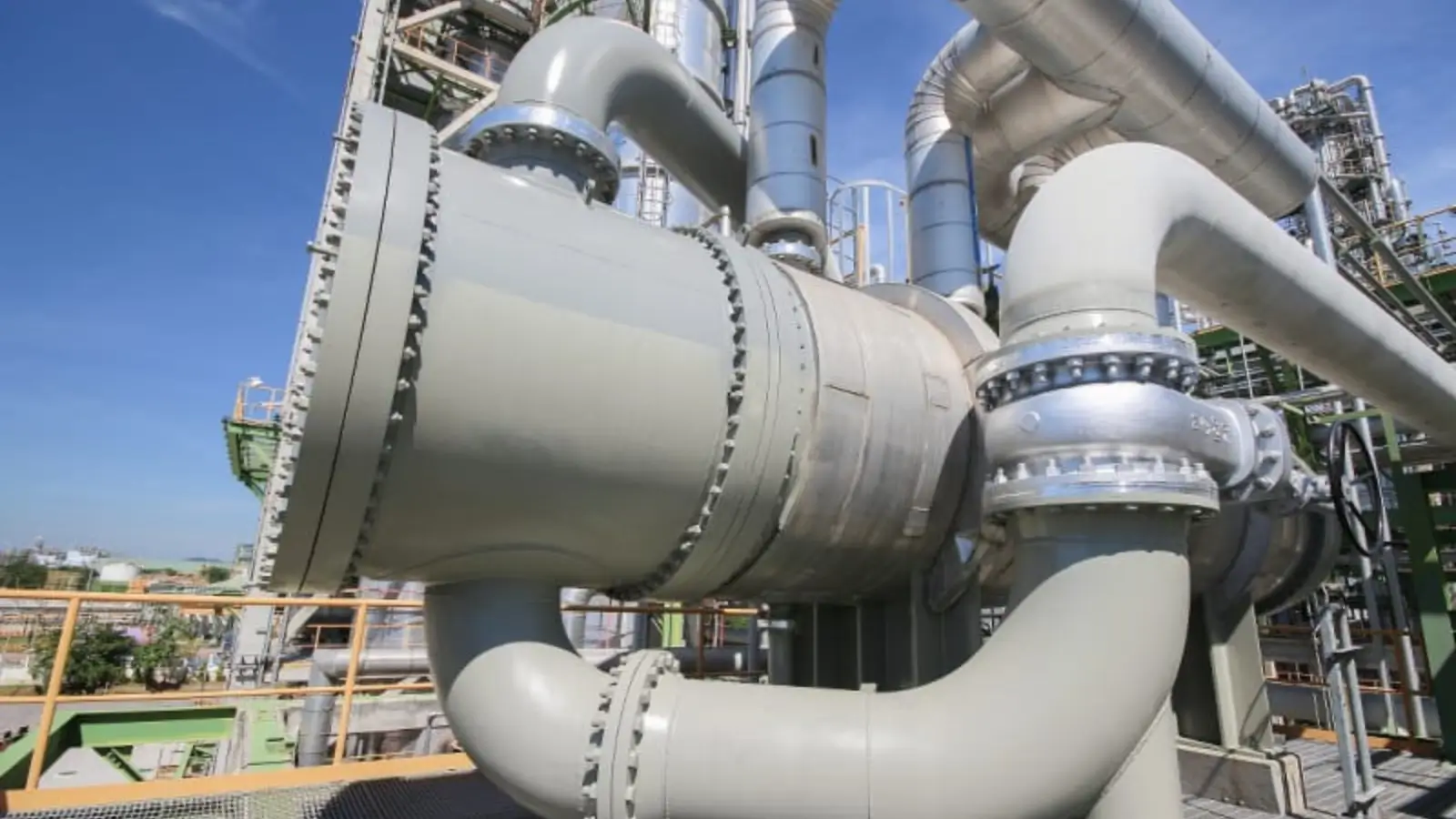— A complete guide to ASME, TEMA, API, ISO, and EN standards for heat exchangers—ensuring safety, efficiency, and compliance in industrial applications.
Heat exchangers are the backbone of modern industrial systems, enabling efficient transfer of heat between fluids in power plants, chemical processing, HVAC systems, oil refineries, and countless other applications. As industries continue to evolve, standardization in heat exchanger technology has become vital to ensuring reliability, efficiency, safety, and global interoperability.
This article explores the industry standards that define heat exchanger technology, their benefits, design guidelines, compliance requirements, and how they shape the future of industrial thermal management.
The Role of Standards in Heat Exchanger Technology
Industry standards serve as benchmarks for design, manufacturing, performance, and safety. They provide engineers, manufacturers, and operators with a clear framework for building and operating heat exchangers across industries.
Without standardization, companies would face inconsistent performance, poor safety margins, and increased operational risks. By following well-established standards, manufacturers ensure that products are:
- Safe to operate under specified conditions.
- Interchangeable and compatible across industries.
- Efficient, maximizing energy savings.
- Environmentally responsible, through sustainable design and reduced emissions.
Key Industry Standards for Heat Exchangers
Several internationally recognized organizations set guidelines for heat exchanger design and performance. Among them:
1. ASME (American Society of Mechanical Engineers)
The ASME Boiler and Pressure Vessel Code (BPVC), Section VIII governs the construction of pressure vessels, including shell-and-tube heat exchangers. This standard outlines design, material selection, testing, and safety requirements.
- Focus: Structural integrity, pressure ratings, and safety.
- Industries: Power generation, oil & gas, petrochemical.
2. TEMA (Tubular Exchanger Manufacturers Association)
TEMA provides highly detailed standards for shell-and-tube heat exchangers, one of the most widely used types. It categorizes exchangers into classes:
- Class R – Refinery and heavy-duty service.
- Class C – Commercial and general service.
- Class B – Chemical process service.
TEMA standards cover design, nomenclature, tolerances, fabrication, testing, and maintenance.
3. API (American Petroleum Institute)
The API 660 standard governs shell-and-tube exchangers for petroleum, petrochemical, and gas industries. It specifies requirements for mechanical design, materials, testing, and inspection.
- Focus: Reliability in demanding environments such as refineries.
- Benefit: Ensures durability under high temperatures and pressures.
4. ISO (International Organization for Standardization)
ISO publishes various standards covering plate heat exchangers, air-cooled exchangers, and safety requirements. These include ISO 16812, which addresses shell-and-tube heat exchangers, and ISO 15547, focusing on plate-type exchangers.
- Focus: International uniformity and environmental considerations.
5. EN (European Norms)
European standards such as EN 13445 provide design and safety regulations for unfired pressure vessels, including heat exchangers. These standards ensure compliance with EU directives, particularly for energy efficiency and environmental impact.
Standardization in Heat Exchanger Design
Heat exchanger standards typically address:
- Materials of Construction: Specifying metals such as stainless steel, titanium, or copper alloys depending on corrosion resistance and thermal performance.
- Mechanical Design: Stress analysis, thickness, reinforcement, and pressure containment.
- Thermal Performance: Heat transfer coefficients, fouling factors, and flow distribution.
- Testing and Inspection: Hydrostatic testing, radiography, ultrasonic testing, and leak detection.
- Maintenance Protocols: Cleaning intervals, replacement criteria, and inspection schedules.
Benefits of Following Industry Standards
Adhering to standardized practices delivers several critical benefits:
- Safety: Prevents catastrophic failures by ensuring materials and designs can handle pressure and thermal stresses.
- Efficiency: Optimized designs reduce energy losses and improve process output.
- Interoperability: Standardized equipment can be integrated globally without modification.
- Cost Savings: Reduces downtime, maintenance costs, and the likelihood of redesigns.
- Environmental Compliance: Ensures reduced emissions, responsible material usage, and sustainable operation.
Emerging Trends in Heat Exchanger Standards
As industries modernize, new challenges are shaping standards in heat exchanger technology:
- Energy Efficiency Regulations: Governments worldwide are pushing for heat recovery systems to minimize energy waste.
- Sustainable Materials: Standards now emphasize recyclable and corrosion-resistant alloys to extend lifespan and reduce environmental impact.
- Compact Designs: With space at a premium, plate-fin and microchannel heat exchangers are being standardized for high performance in smaller footprints.
- Digital Monitoring Integration: Standards are beginning to incorporate provisions for IoT-enabled sensors to monitor fouling, vibration, and efficiency in real-time.
- Hydrogen and Renewable Energy Applications: As hydrogen fuel and renewable technologies rise, standards are adapting to address the unique thermal demands of these industries.
Challenges in Implementing Heat Exchanger Standards
Despite their benefits, adopting standards isn’t without challenges:
- Cost of Compliance: Meeting ASME or API certification requirements can increase initial design and manufacturing costs.
- Global Variations: Different regions may adopt varying standards, complicating international operations.
- Technological Advancement: Rapid innovation often outpaces the development of formal standards, creating a lag.
Case Study: Shell-and-Tube Heat Exchangers in Oil Refineries
In oil refineries, shell-and-tube heat exchangers are subject to API 660 and TEMA Class R standards. These ensure that exchangers can handle high-pressure hydrocarbons, corrosive environments, and continuous 24/7 operation.
By adhering to these standards:
- Refineries reduce unplanned shutdowns.
- Equipment life is extended through careful material selection.
- Safety risks are minimized, protecting workers and the environment.
The Future of Heat Exchanger Standardization
Looking ahead, standards will continue to evolve in line with industry demands. Areas of focus include:
- Decarbonization: Heat exchangers will play a vital role in waste heat recovery and carbon capture technologies.
- Additive Manufacturing (3D Printing): Standards will need to account for novel manufacturing methods that allow complex geometries.
- Global Harmonization: Efforts are underway to align ISO, ASME, and EN standards, making compliance easier for international businesses.
Conclusion
The industry standard for heat exchanger technology represents more than just engineering guidelines—it’s a framework that ensures safety, efficiency, and sustainability across sectors. By following standards such as ASME BPVC, TEMA, API, ISO, and EN, industries can be confident their equipment will perform reliably under demanding conditions.
As the world pushes toward energy efficiency and greener practices, the role of heat exchangers—and the standards governing them—will only grow in importance. For businesses, staying up-to-date with evolving standards isn’t just compliance—it’s a competitive advantage.


